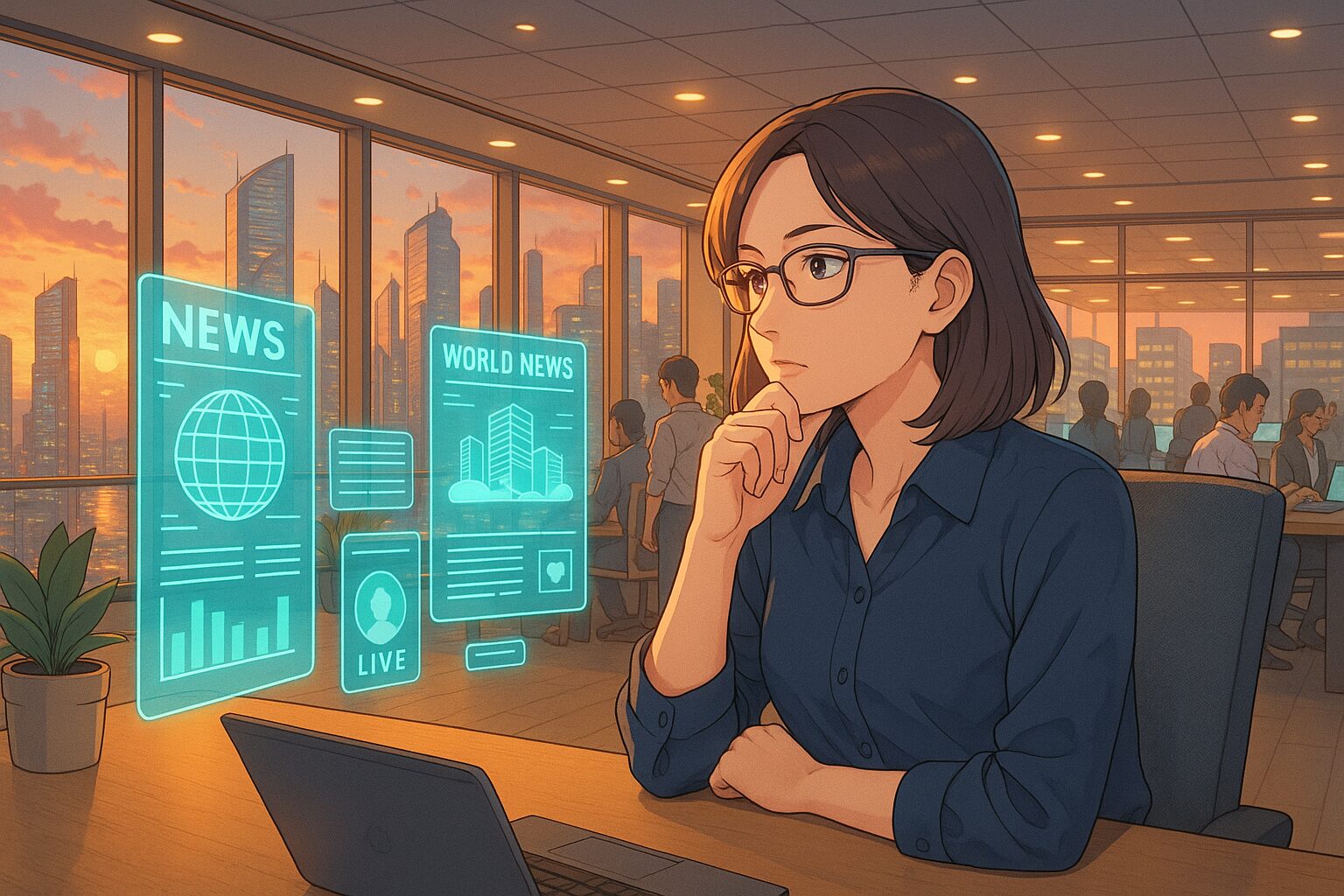Young inventor Julian Brown has suddenly vanished along with his innovative invention. What future does this event suggest? If this trend continues, what kind of society will we live in?
1. Today’s News
Source:
https://www.latestly.com/world/who-is-julian-brown-what-has-he-invented-is-he-really-missing-what-is-plastoline-all-about-atlanta-inventor-and-his-mysterious-disappearance-7029657.html
Summary:
- 21-year-old self-proclaimed inventor Julian Brown from Atlanta has gone missing after a mysterious Instagram post.
- Though he lacks formal engineering or university education, he developed a passion for solving environmental issues through high school welding classes.
- His invention “Plastoline” is attracting attention as part of climate technology.
2. Considering the Background
In recent years, global environmental issues have become increasingly severe, raising expectations for climate technology. Young inventors like Julian Brown are tackling these problems with new approaches that do not rely on traditional education systems. However, such movements are accompanied by isolation and instability within an unstructured system. The question we face now is whether these inventions can be accepted sustainably in society.
3. What Will the Future Look Like?
Hypothesis 1 (Neutral): A Future Where Self-Directed Learning Becomes Common
The number of self-taught inventors like Julian may increase, leading to the popularization of learning that does not depend on formal educational institutions. While individual ideas may develop in more diverse ways, the importance of reliability and quality assurance may also rise. People will respect unique learning pathways, and self-improvement will become a new standard.
Hypothesis 2 (Optimistic): A Future Where Climate Technology Develops Significantly
Inventions by young people like Julian will be widely accepted as concrete solutions to climate change. This could lead to rapid advancements in environmental technology and an overall increase in environmental awareness within society. Ultimately, sustainable lifestyles may become common worldwide, and global environmental protection could be at the heart of our values.
Hypothesis 3 (Pessimistic): A Future Where Young Talents Are Lost
It is also possible to envision a future where talented young people like Julian disappear due to lack of support or societal misunderstanding. This could result in innovative ideas never seeing the light of day. Consequently, society may lose its flexibility to accept new ideas and resistance to change may increase.
4. Tips for Us
Suggestions for Mindset
- A perspective to deepen understanding of young inventors and new ideas
- A perspective to reconsider personal learning methods and ways to expand knowledge
Small Practical Tips
- Learn about local environmental issues and incorporate them into daily life
- Actively gather and share information about new technologies and inventions
5. What Would You Do?
- What kind of systems do you think are necessary to support young inventors as a society?
- What methods would you like to try to continue learning?
- What expectations do you have about the future of climate technology?
What kind of future do you envision? Please let us know through social media quotes or comments.









